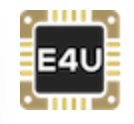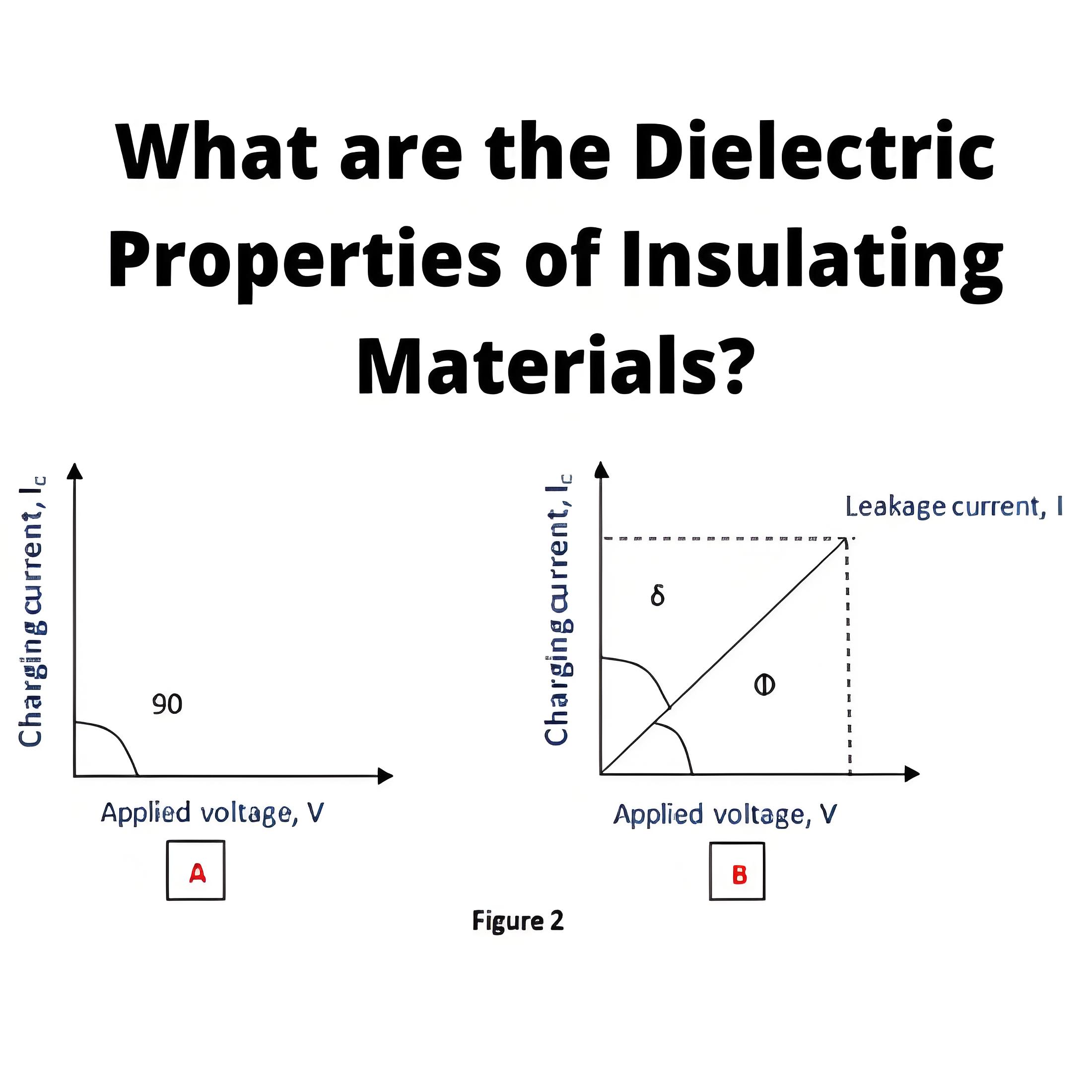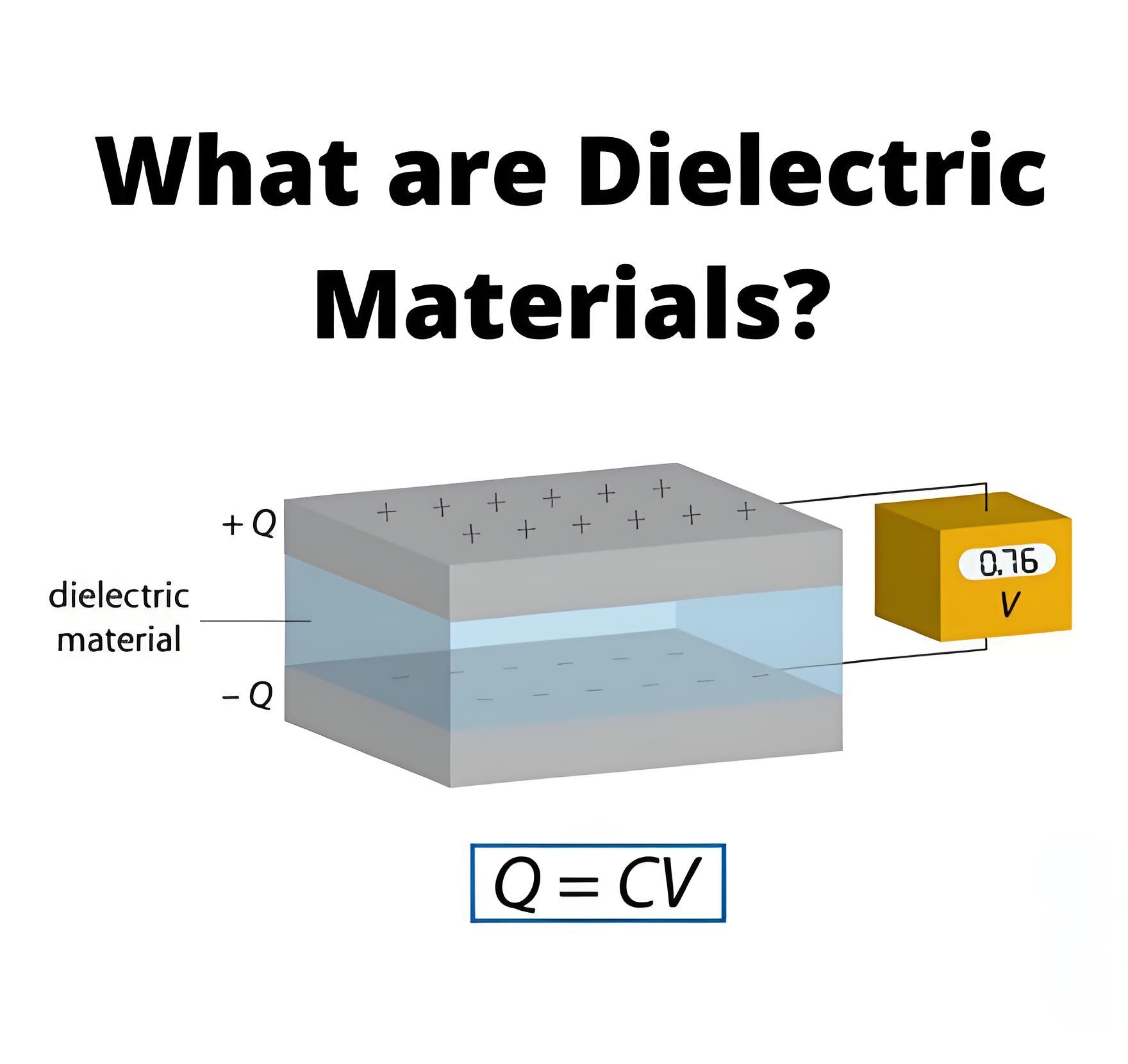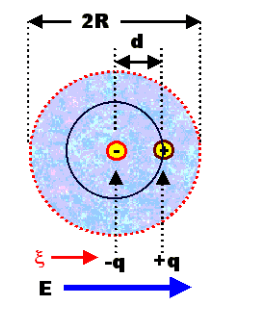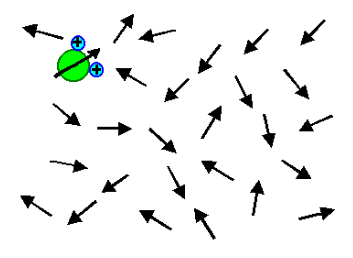Selection of Materials Used for Electrical Contacts
Materials used for Electrical Contacts, play an important role in the performance of electrical machines and equipment. Hence, it becomes quite important to select a suitable material for electrical contacts. The successful operation of electrical contacts for a specific application, is a function of various factors. While selecting a suitable material for electrical contact, we have to consider the many factors. Some of the most important factors are showing below –
Contact Force
The contact resistance of a pair of contact depends on force applied during the closed position of contacts. As the contact force, the contacts have to withstand during operation, increase the required contact area of contacts surfaces increase. This contact force is very much effective in case on curved surface contacts as compare to flat surface contacts. This contact force may very form fraction of 1 gm to 1 kg. The material used for electrical contact should be capable to with stand with this contact force.
Voltage and Current
The performance of contacts is related the voltage and current, the contacts must make and break during their operation.
The contacts used in DC supply are subjected to material transfer from the face of one contact to the face of its making contact. Which results in mound on one contact and hole or cater on the face of its making contact. The direction of transfer of material whether form positive to negative or vice versa depends on the polarity of ions formed by material.
Contact Resistance
The primary function of almost all electrical contacts is to carry the electric current. Hence, the electrical contact must possess very small contact resistance, to void the unwanted voltage drop across the contact especially in case of small voltage rating. Contact resistance consists of the resistance on contact material and the resistance of interface between contacts. The resistance of contact material is very low as compare to resistance of interference. The interference surfaces of contact are flat. Every flat surface is having several small projection points.
These small projection points restrict the area of interference surfaces touch other. Due which the effective area at interference through which the current passes is very small as compare to gross area of interference surfaces. Due to which the resistance at contact interference is very high. To reduce this contact resistance, have to make the interference surfaces as smooth as possible to increase the area of interference surfaces touches other.
The contact resistance may vary with the contamination of interfering surface with chemical formed by oxidation of contact material. The oxidation of contact material is major problem associated with the electrical contact. During the operation of the electrical contacts, the electric arcing results in heating and erosion of contacts. Due to which, the contact material form some chemical such as oxides, carbonates, chlorides, sulphate and sulphide etc. These chemicals form the layer of thin film at the surfaces of contacts. These chemicals are non-conducting in nature, which results in increased contact resistance.
Corrosion Resistance
At the time of selection of material for electrical contacts, we must keep in mind that the material must possess high corrosion resistance at operating temperature and must be free from oxidation during arcing. Otherwise, oxides, carbonates, chlorides, sulphate and sulphide etc. formed during oxidation can make anon-conducting layer of thin film at the surfaces of contacts, which results in increased contact resistance.
Stickiness or Weldability
During the operation of electrical contacts, which are used at high current rating circuits, the arcing develops very high temperature. At this high temperature there are chances that the contacts may stick or got welded to each other. Hence, while selecting the material for electrical contacts, we must keep it in mind that the material should capable to with stand at this high temperature and should not weld.
Arc Extinguishing Property
During the operation of electrical contacts, the arc is developed. For successful operation of electrical contacts, this arc must be extinguished as earlier as possible. Hence, while selecting the material for electrical contacts, we must keep it in mind that the material must possess such property that it must help in arc extinguishing.
High Electrical Conductivity
The total resistance of electrical contacts must be as minimum as possible to reduce the switch losses. Hence, material being selected for electrical contacts, must possess high electrical conductivity.
High Thermal Conductivity
During the operation of electrical contacts, which are used at high current rating circuits, the arcing develops the heat at very high temperature. To avoid the concentration of this heat at contact surface, this heat must be conducted be contacts and dissipated in atmosphere. Hence, material being used for electrical contacts must possess high thermal conductivity.
Statement: Respect the original, good articles worth sharing, if there is infringement please contact delete.
Welcome to our electricity community! Established to facilitate the exchange and cooperation in the electricity industry and bridge professionals, enthusiasts, and related enterprises.
